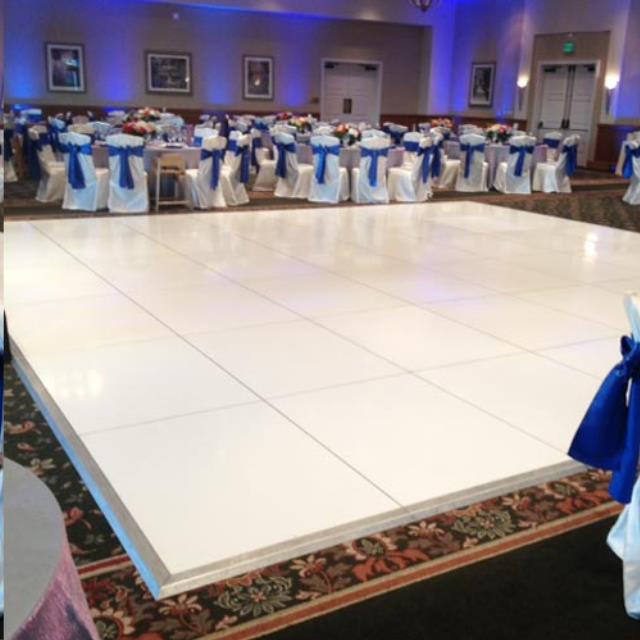Guaranteeing Security and Pleasure on the Dance Space: Identifying and Mitigating Typical Risks
Guaranteeing Security and Pleasure on the Dance Space: Identifying and Mitigating Typical Risks
Blog Article
Dancing activities is a popular activity that unites individuals collectively, whether at a party, a club, or a unique occasion. However, although dancing can be a lot of enjoyment, it is crucial to maintain safety in mind. The dance floor can pose various risks that may lead to accidents or mishaps if not addressed properly. By identifying and preventing these common hazards, event organizers and dancers can guarantee a secure and pleasant experience for all.
One of the most significant hazards on the dance floor is the risk of slipping up or falling. This can happen due to liquid accidents, uneven ground, or crowded spaces. To avoid these incidents, it is important to keep up a tidy and dry dance area. Event organizers should frequently check the area for any leaks or obstacles and clean them up immediately. Furthermore, making sure that the dance floor is well-lit can help dancers see potential hazards, lessening the chances of falling. Dancers should also be mindful of their surroundings, avoiding crowded areas where they may be pushed or tripped.
Another common problem on the dance floor is the possibility for injuries caused by overcrowding. When too many people congregate in one area, it can lead to collisions, contusions, and even more serious injuries. To avoid overcrowding, venues should establish a limit capacity for the dance floor and monitor it closely. Event coordinators can use barriers or cords to create specific areas why not try this out for dancing, which can help manage crowd movement. Additionally, motivating dancers to be aware of their personal area and to consider others can create a safer environment for all.
Injuries can also happen from improper footwear. Using shoes that are not suitable for dancing can lead to slips, accidents, or foot injuries. Dancers should choose footwear that provides adequate support and grip. Event organizers can prompt guests to choose appropriate shoes by including this information in invitations or messages. Providing a place for dancers to store their shoes can also assist keep the dance floor safe and clear from potential risks.
Lastly, it is essential to consider the significance of health and fitness on the dance floor. Staying hydrated is important, especially during long periods of dancing. Dehydration can lead to lightheadedness, fatigue, and other health concerns. Event organizers should provide water stations or invite guests to bring water bottles. Additionally, it is imperative for dancers to listen to their bodies and take breaks as necessary. By encouraging a healthy atmosphere, all can savor dancing while minimizing the threat of health-related issues.
In conclusion, guaranteeing security and enjoyment on the dance floor requires consciousness and preemptive measures. By identifying hazards such as view slips, overcrowding, unsuitable footwear, and health issues, event organizers and dancers can work together to create a secure environment. Implementing these actions not only prevents accidents but also improves the overall encounter for everyone involved. With proper precautions, the dance floor can remain a space of fun and community for all.